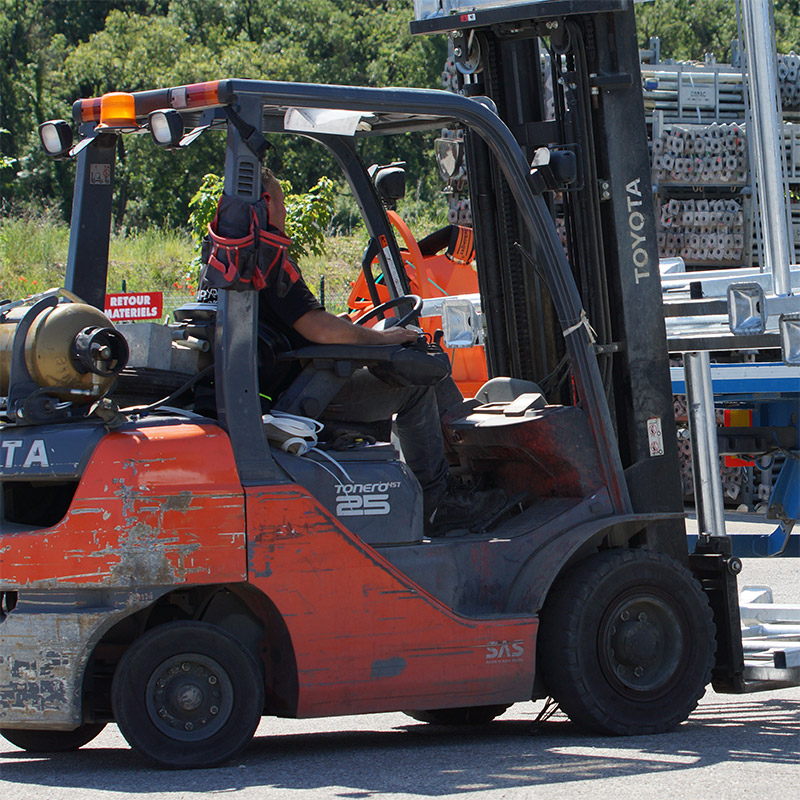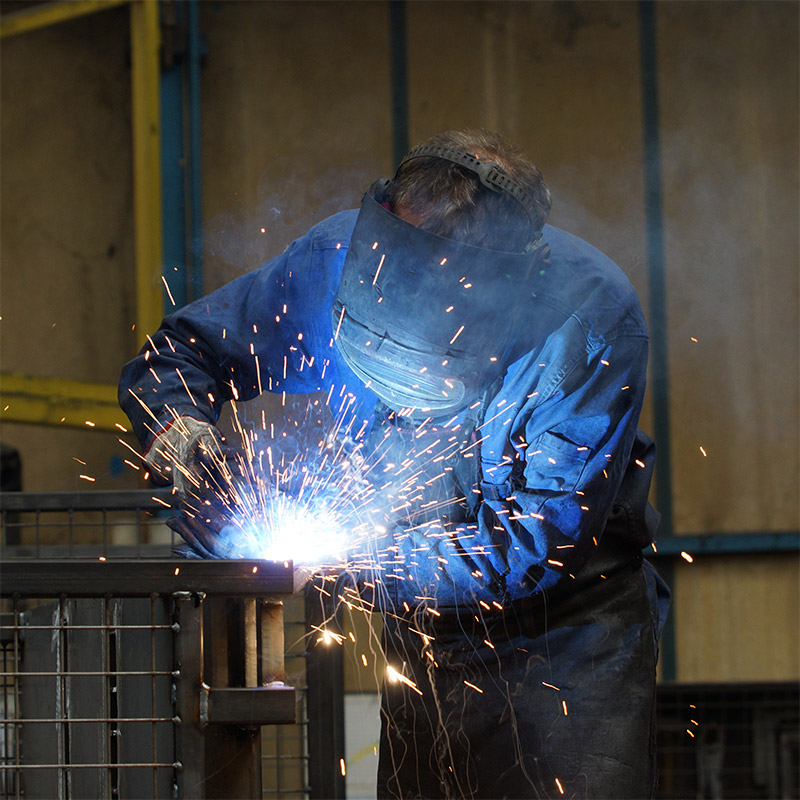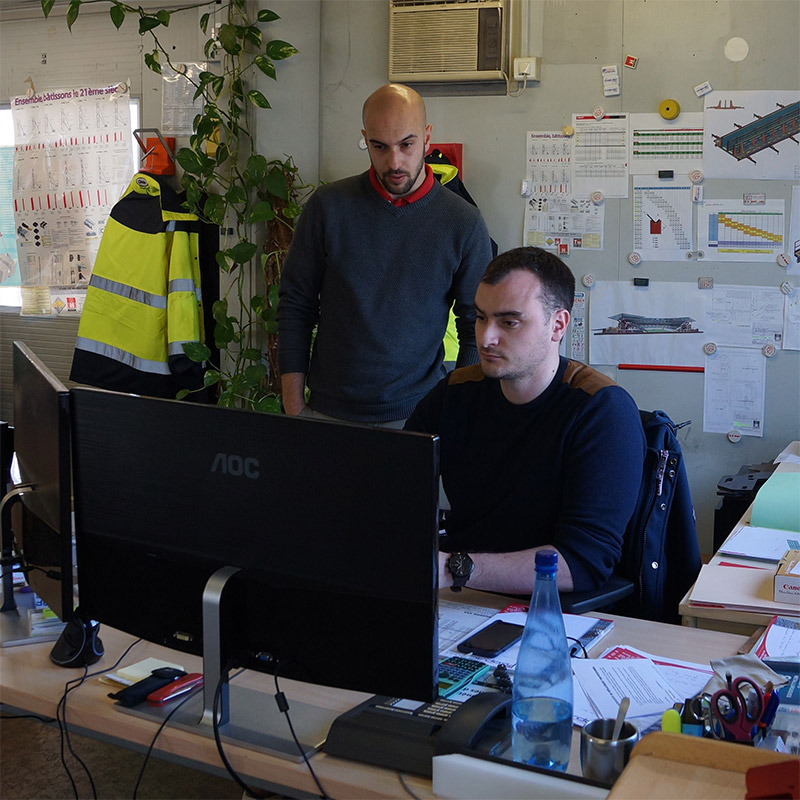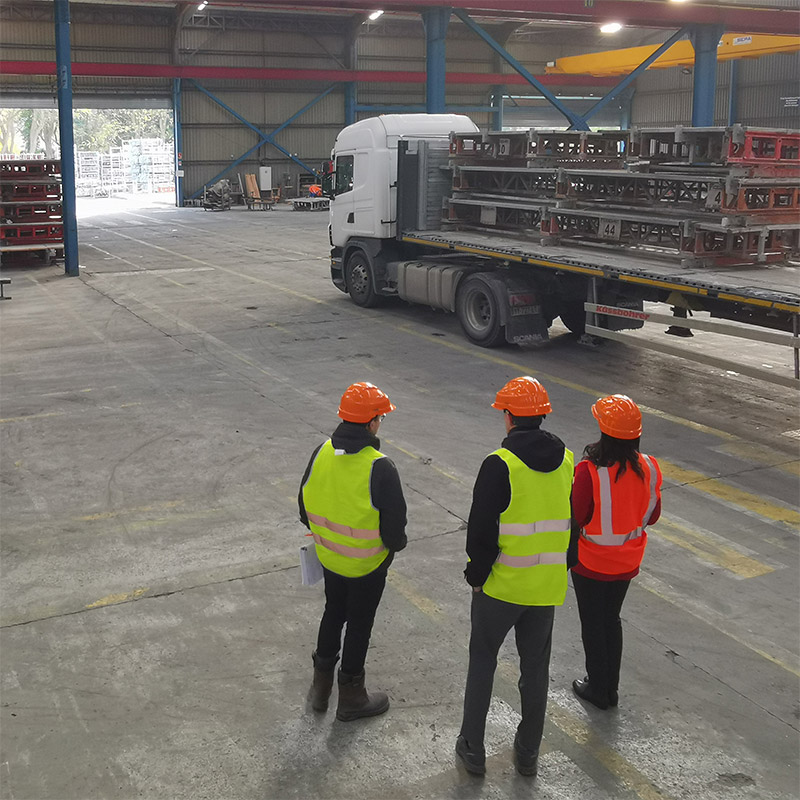Aviator – Unlocking the Secrets of the Sky with Innovative Technology and Design
-
Aviator – Unlocking the Secrets of the Sky with Innovative Technology and Design
-
Revolutionary Features That Set Aviator Apart
-
Advanced Aerodynamic Structures for Optimal Performance
-
Smart Technology Integration: Navigating the Future
-
Enhancing Safety Standards in Aviation
-
Advanced Safety Protocols and Technologies
Experience the thrill of aviation like never before. Our state-of-the-art gadgets are designed to elevate your journeys, integrating seamless aviator functionality with sleek aesthetics. Each component is meticulously engineered to enhance performance, ensuring reliability and efficiency in any flight scenario.
Opt for our intelligent navigation systems, offering precise tracking and real-time analytics, allowing you to navigate with confidence. Equip your aircraft with advanced safety measures that prioritize crew and passenger well-being, making every flight not just enjoyable but secure.
Our ergonomic seating solutions redefine comfort in the air, meticulously crafted from premium materials to provide optimal support during long durations. From adjustable lumbar support to climate control features, every detail is focused on enhancing your travel experience.
Don’t settle for ordinary. Embrace extraordinary solutions that promise to transform how you view flight. Join the community of aviation enthusiasts who have chosen excellence–where every journey becomes a testament to superior craftsmanship.
Explore new horizons of flight with unparalleled innovation and approach your adventures equipped with the best on the market.
Revolutionary Features That Set Aviator Apart
Exceptional aerodynamics elevate performance, ensuring stability during various flight conditions. Streamlined contours minimize drag, enhancing fuel efficiency and extending range significantly. Engineered airflow mechanisms maximize lift while reducing turbulence, resulting in a smoother experience.
State-of-the-art navigation solutions provide precise, real-time data. Integrated GPS technology ensures accurate positioning, enabling seamless route optimization and improved safety. Enhanced display interfaces present vital information clearly, allowing for quick decision-making.
Built from lightweight composite materials, these products exhibit remarkable strength without sacrificing agility. This construction method not only increases durability but also contributes to better fuel consumption, promoting cost-effectiveness.
Adaptive control systems utilize advanced algorithms, adjusting to environmental changes. This dynamic responsiveness maximizes handling and ensures smooth operation regardless of external factors. Pilots benefit from enhanced situational awareness, leading to confident maneuvering.
Advanced communication tools facilitate instant connectivity, allowing for effortless coordination between crew and ground operations. This feature enhances operational efficiency and responsiveness during critical moments, ensuring preparedness and safety.
Customizable interior configurations cater to diverse passenger needs. Whether seeking luxury or practicality, options are available to create a personalized environment, enhancing comfort on every journey. Innovative seating arrangements optimize space and usability.
Enhanced safety mechanisms incorporate redundant systems, ensuring reliability at every flight stage. Comprehensive pre-flight checks and automated alerts minimize risks, fostering trust in operations. These safety protocols meet and exceed industry standards.
Advanced Aerodynamic Structures for Optimal Performance
Modern aviation heavily relies on sophisticated aerodynamic frameworks to enhance flight efficiency. Such structures are meticulously crafted to minimize drag while maximizing lift, leading to improved fuel economy and overall performance. Key factors influencing these characteristics include shape, material selection, and surface smoothness.
- Shape Optimization: Utilizing computational fluid dynamics (CFD) simulations allows for precise manipulation of airfoil profiles. Establishing a thin and elongated design can significantly reduce turbulence, affording superior lift characteristics.
- Material Composition: High-strength, lightweight materials such as carbon fiber reinforced polymer (CFRP) enhance structural integrity. These materials not only contribute to weight reduction but also improve aerodynamic performance under varying atmospheric conditions.
- Surface Treatments: Employing advanced coatings can alter the surface texture, reducing drag by decreasing friction. Techniques such as riblet surfaces or bio-inspired designs have shown promising results in enhancing laminar flow around structures.
Implementing these aerodynamic innovations involves meticulous engineering analyses and testing. Wind tunnel experiments play a crucial role in validating designs before production, ensuring that theoretical improvements translate into real-world performance gains.
- Conduct aerodynamic modeling to identify optimal shapes.
- Integrate lightweight materials for efficiency.
- Utilize advanced coatings for enhanced airflow properties.
- Perform exhaustive testing to refine designs further.
In pursuit of heightened performance, every element of airframe development should focus on aerodynamic efficiency. As the industry evolves, prioritizing these aspects will remain essential for future advancements in aviation.
Smart Technology Integration: Navigating the Future
Modern advancements offer opportunities to enhance user experiences across industries. Embracing integration of artificial intelligence and automation is crucial for businesses aiming to thrive. Utilizing data analytics helps in understanding client preferences, leading to tailored services that increase satisfaction and loyalty.
Real-time monitoring systems facilitate prompt decision-making, significantly optimizing operational efficiency. By implementing IoT devices, organizations can collect actionable insights, refining processes and reducing unnecessary expenditure. For instance, fleet management can leverage GPS tracking and telemetry to ensure timely maintenance and fuel consumption analysis.
Virtual and augmented reality applications also cater to immersive user engagement. Companies can utilize these technologies for training, marketing, or product demonstrations–enhancing understanding and retention. Utilizing simulated environments promotes learning and familiarization, providing clients with hands-on experience without genuine risk.
Furthermore, leveraging cloud computing ensures seamless data transfer and storage, fostering collaborative environments. Adaptable software solutions empower teams to work remotely while maintaining productivity and communication. This flexibility is vital in today’s global market, where workforce mobility is not just an advantage but a necessity.
Cybersecurity measures must not be overlooked; safeguarding user data and ensuring system integrity is essential. Implementing layered security protocols, including encryption and regular audits, protects against vulnerabilities while building trust with clients.
Employing these strategies positions businesses at the forefront of innovation, ready to tackle evolving market demands. As industries continue to shift towards a more interconnected future, wise investments in smart integrations will yield substantial returns.
Enhancing Safety Standards in Aviation
Prioritizing safety in aviation is paramount, and this brand implements a multi-faceted approach to elevate operational protocols. Through meticulous engineering processes, each component undergoes rigorous testing to meet or exceed industry benchmarks. Comprehensive analyses are conducted on material durability, ensuring resilience against extreme conditions.
An advanced understanding of aerodynamics allows for optimal design modifications, reducing turbulence-related incidents. Collaborations with aviation safety authorities lead to ongoing updates and the integration of recommended practices, fostering continuous improvement. Regular audits and assessments are performed to identify potential risks and implement corrective measures swiftly.
The incorporation of state-of-the-art navigation systems enhances pilot situational awareness, equipping them with real-time data for informed decision-making. Training programs emphasize simulation-based learning, preparing crews for emergency scenarios through realistic experiences. These efforts create a culture of preparedness, crucial for minimizing risks.
Moreover, the utilization of analytics-driven insights facilitates proactive maintenance scheduling. Data collection from various flights aids in forecasting equipment needs, thus reducing the likelihood of mechanical failures. This predictive maintenance strategy significantly augments overall reliability and operational efficacy.
Engagement in international forums and adherence to global aviation regulations reflects a commitment to achieving the highest safety standards. By fostering relationships with regulatory bodies, this brand ensures compliance while advocating for advancements in safety initiatives across the industry.
In conclusion, an unwavering focus on enhancing safety protocols and practices through innovative approaches starkly elevates aviation safety, redefining excellence in air travel. Consistent investment in research and development solidifies this commitment, paving the way for a secure future in aviation.
Advanced Safety Protocols and Technologies
Ensuring optimal security during your flight experience is paramount. By integrating state-of-the-art systems, the aviation industry enhances passenger protection while minimizing potential risks. The following are key elements of modern safety measures:
| Enhanced Air Traffic Control Systems | Utilization of satellite-based navigation improves accuracy in flight paths | Reduces collision risks and optimizes routing |
| Flight Data Monitoring | Continuous tracking of flight metrics aids in real-time analysis | Identifies anomalies before they lead to incidents |
| Advanced Cockpit Technology | Implementation of user-friendly interfaces for pilots | Enhances decision-making speed and accuracy under stress |
| Emergency Preparedness Training | Regular simulation drills for crew and staff | Ensures quick and efficient responses in emergencies |
| Automated Safety Features | Integration of features like automated landings and alerts | Minimizes human error and responds to critical situations |
Regular audits and updates of safety procedures reinforce a commitment to excellence. Operators prioritize up-to-date training for personnel, ensuring efficient reactions to emerging challenges. Each advancement signifies a dedication to the highest standards, fostering confidence among travelers.





